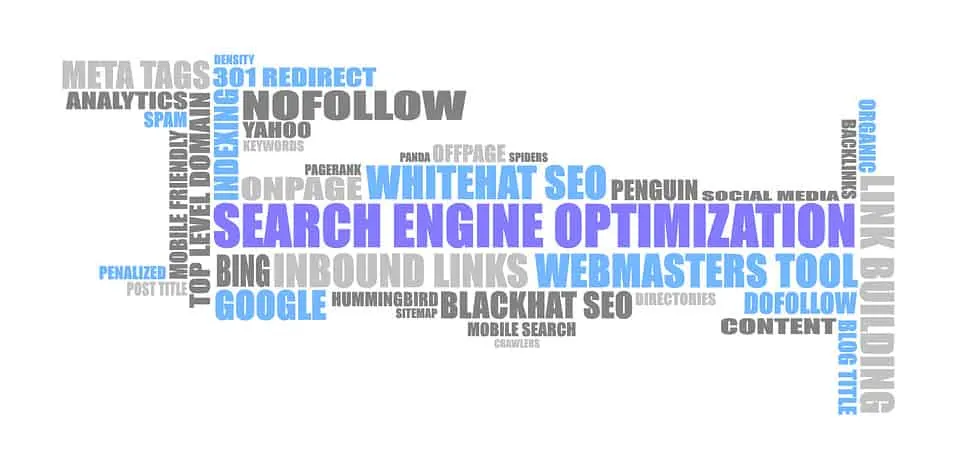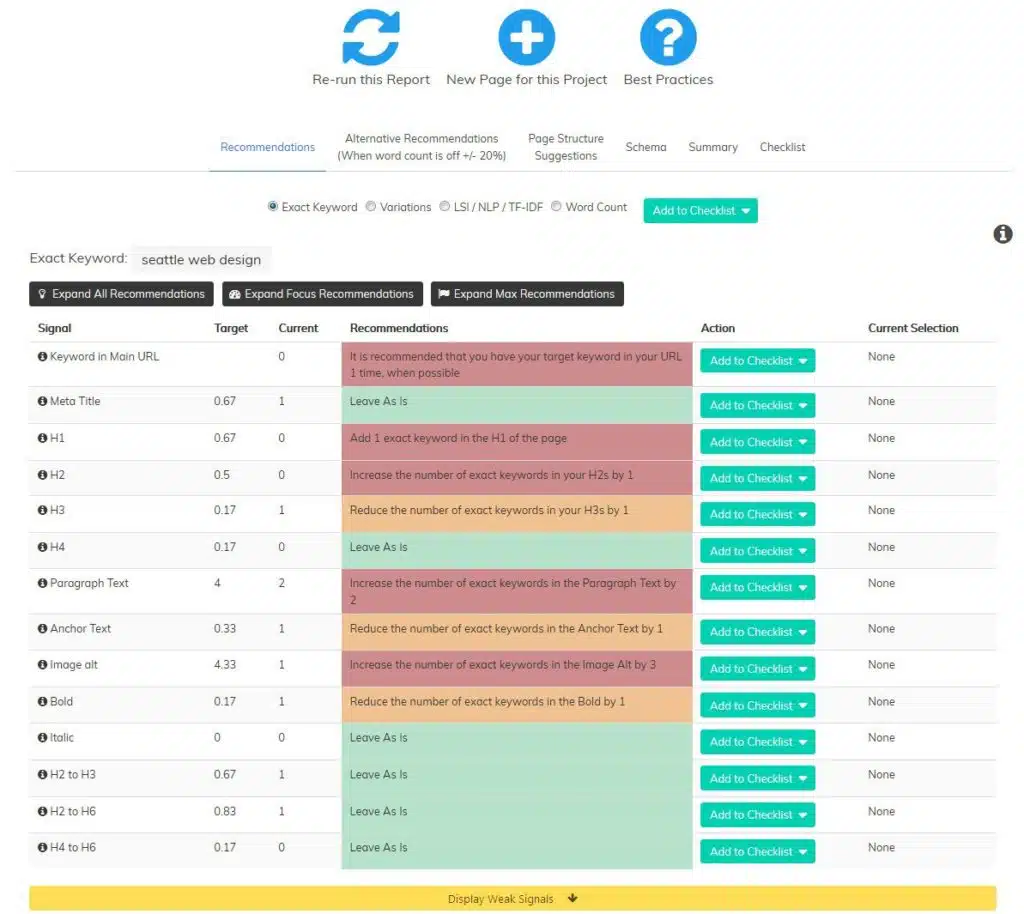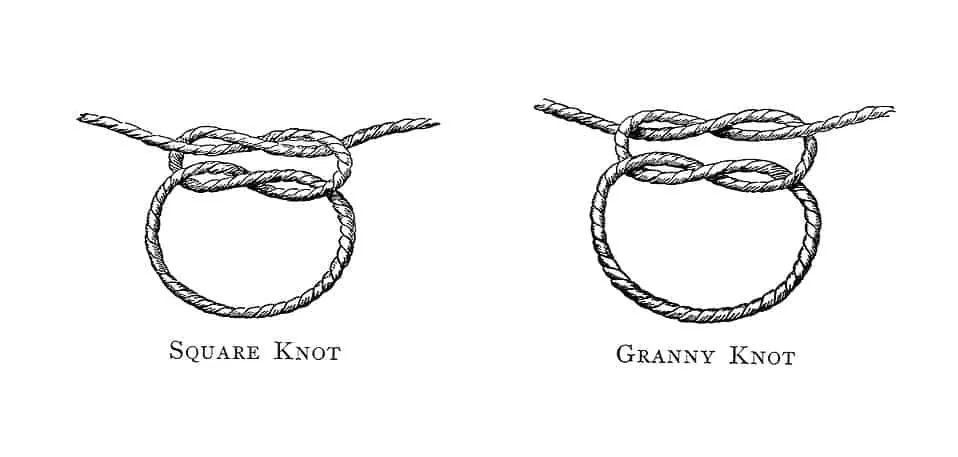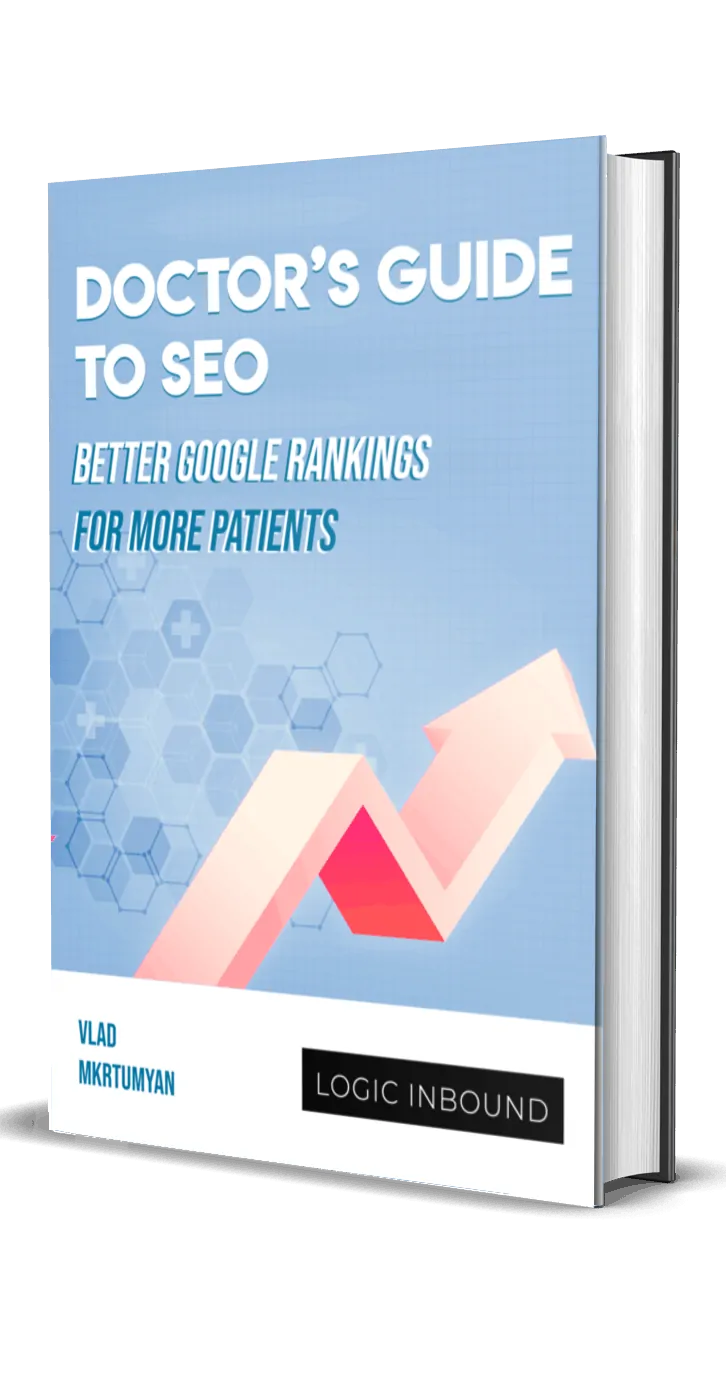SEO Tool Review – Page Optimizer Pro
If someone were to claim they could rank a ‘Lorem Ipsum’ page for a competitive keyword without much link building, what would you say to them?
“You’re joking, right?”
And not just that, but it would all happen in the middle of an SEO competition organized around that keyword. So apart from your regular competition, there would be other contenders to push you down.
Imagine the year being 2018…
To the average tech news reader, Google presents itself as alien technology, boasting with quantum computing milestones, progress in “AI”, and unimaginably complex algorithms for ranking websites on the SERP.
It’s “common knowledge” that page 1 and page 2 rankings are separated by dozens upon dozens of hours of link building. Plus, let’s not forget the old “content is king,” with sizeable, valuable, top quality content being recognized and favored by search engines. Right?
Redefining On-page SEO

We highly recommend that you read the full story, if you want to completely shatter some of the most common myths in SEO today. Now, on with the tool review…
What in Tarnation Is Page Optimizer Pro?

This tool was used in the optimization of on-page elements for that very competition, but it was by no means the only thing Kyle employed to rank the page.
In his own words, he also adhered to some best practices, such as a good internal linking structure with silo content, as well as using Cora, a sophisticated, maths-based on-page analysis tool. Cora can analyze your competitors for over 800 signals (ranking factors) and give you an impressively detailed roadmap for building the ultimate page for that particular keyword.
He was also using contextual terms (LSI) sprinkled throughout the Lorem Ipsum to make the page seem relevant in the eyes of Google’s algorithm.
How POP Works
The philosophy of POP is that the secret to good rankings is hidden in plain sight – meaning the SERP itself.
Why Page Optimized Pro works is a different story. Simply put – it relies on the fact that Google’s algorithm is just that – an algorithm. Meaning it’s based on mathematics.
By reading the page as an algorithm would, you start to understand what it is that constitutes “relevance”. Each ranking signal is scored individually, but some carry more “weight” than others.
Here’s how to start off. Once you create a project, the key things to think about are:
- The choice of your primary keyword
- The competitors you pick
Once you’ve decided on these, the tool will provide a report you can use as a roadmap to the ideal page for that keyword. This is what a report would look like, but you can also download it in spreadsheet format:
You can run the tool even if you don’t have a live page yet. Then, you can grab the page structure suggestions and ideal word count, and start outlining.
Theoretical Caveats
You’d think it easy, just following steps, but when the tool tells you to increase the anchor text on the page by 105, you start wondering if it’s actually worth it (as in ROI). It’d be good to use common sense and visit the competitors’ pages manually to see if that’s the type of page you’re also trying to build.
If you don’t want to make a mistake, read POP’s guidelines, and also check out our Page Optimizer Pro step-by-step guide.
You will sometimes see suggestions that you should use 2 or 3 H1 tags. It’s not your fault that your competitors’ pages suck. It’s highly unlikely that, even though Google expects these kinds of pages, you’re somehow going to get penalized for using only one H1 tag. No matter what the tool tells us, we stick with the following:
- Main keyword must be in the URL – once
- Main keyword must be in the Meta Title – just once
- Main keyword must be in the H1 – just once
- There should only be 1 H1 tag
Always remember – yes, we’re following Google, but Google’s following the users. What users value, Google delivers more of, for the most part. You can’t rank a homepage for “how many muscles does an elephant trunk have”. You “could”, but then you’d be wise to re-evaluate your life decisions. Try to answer the searcher’s intent, and don’t mix apples & oranges.
Technical Aspects And Limitations – What To Expect
It can be cumbersome if you’re working on other people’s pages, such as with clients, especially if you’re not an experienced developer.
We still don’t know how POP behaves with local keywords, where the tool is getting the local SERP from, so we prefer to search and input competitors manually. To get the local search results, we use BrightLocal’s checker.
For the impressive results on the Facebook competition, Kyle didn’t just use POP, he used Cora as well as nTopic to find the LSI keywords to sprinkle around (there’s an LSI feature built into POP now, but wasn’t back then). Cora is actually the only other tool we could find that works on the same principle – emulating the strength of individual ranking signals for your top competitors. This means there are not many tools out there to actually compare POP with.
Don’t think you’re going to have it as easy just because mr. Roof used Lorem Ipsum. It’s actually more difficult to make a sensible, useful page than just a “relevant” page. Because leads and conversions are a thing, you know. Optimization for conversions is outside of POP’s power – keep this in mind.
Invest the time to learn about what an appropriate competitor would be, and what is the primary keyword you should target. POP simply can’t make value judgments on this step. It’s up to you, and every second you invest later in page optimization depends on whether you got this right.
Keep in mind that more functionality is being added to POP constantly; you will see frequent email notifications about these new additions.
We did experience quite a few interface changes since we started using it – don’t be surprised if you wake up one day and see that what you’re used to doing now requires you to reform some of the habits you had. Luckily, the customer service is quick to respond if you can’t find your way.
Conclusions

The pricing plans go up to $39 per month for the top-tier service with unlimited reports and unlimited domains, and there’s also an agency plan for multiple users. It’s up to you to decide if that’s affordable.
What POP has proven to us is that it’s actually possible to get on-page right and be sure of it because it’s all based on maths!
A crucial point to understand is that your page can be, and probably is, both over-optimized and under-optimized at the same time. Just look at the signals individually.
After all the limitations and issues we’ve seen with POP, there’s one crucial benefit we’ve experienced which is enough to keep it on our tool belt until further notice:
If you invest the time to learn about SEO from a scientific perspective – it just works!
Happy ranking!



